While I wouldn’t consider myself a green thumb, I do love gardening. It is such a peaceful, meditative and satisfying activity. I can remember as a child watching and “helping” my mom in the garden. It was so fascinating and exciting to see the hours she would spend each day consumed by this hobby. I didn’t quite understand it then, but now that I have a home with beautiful pre-established gardens, I understand the delightful art of gardening. There aren’t many opportunities in our busy lives these days where we can be consumed with such a fulfilling, peaceful and meditative practice.
You don’t need to be an expert to have a garden, and there are so many wonderful benefits to tending to and caring for one. Not only do you get to the enjoy the fruits of your labor with beautiful flowering blooms, fruits, vegetables and herbs throughout the season, but time outdoors is so good for the mind, body and soul. Whether you’re just getting started or adding to an existing garden, here are some helpful tips for garden planning.
11 Tips for Garden Planning
TiminG your PLanting/planning
There are two options for garden planning and planting, spring or fall. First, you can take stock of what is already established, (if anything at all) and then plan and plant bulbs (for spring or fall), which will emerge in the weeks and months to come. It is pretty amazing when you think about it. If you are itching to get started this spring (like me) it is a wonderful time with a whole season ahead of you. You can buy spring bulbs and let them begin to grow indoors or plant straight in the ground once you know any chance of frost is gone. Check out Jess’s guide for What to Plant in May and summer.
Consider Your Climate
Most important when planning and establishing your garden is considering your climate. A New England garden is going to be very different from a tropical or desert climate garden. Make sure to do some research to determine which flowers and other plants will flourish in your climate. Use this Plant Hardiness Zone Map tool to help get you started. Another tip I find to be useful is as you are driving around your neighborhood and beyond, begin to notice the gardens around you. What type of garden are you drawn to? Which flowers seem to be the healthiest and most suited for your area? Which flowers pair nicely together?
Sunlight Exposure
Consider the sunlight exposure in your garden. Shady gardens are covered mostly by trees or maybe your house or other structure blocks it from direct sunlight most of the day. This garden will require plants that thrive in little to no direct sunlight. Partial sun gardens only receive sunlight for 4-6 hours per day. Therefore choosing plants that need partial sun are most well-suited for this garden type. Full sun gardens are exposed to sunlight the entire day. When choosing your plants check the sun exposure guidelines and choose plants accordingly.
Choosing a Good Location
If your gardens are not yet developed, this gives you a good opportunity to pick a perfect location for your garden. Make sure your garden is not in a spot that has a lot of foot traffic. You want people to be able to see and appreciate your gardens without having to walk through them. Check for things like healthy soil and decide if you want to incorporate raised beds. Utilizing fertilizer and mulch to keep your plants happy and healthy is also very helpful. Decide what type of garden you would like or best suites your location (shady, partial sun or full sun) and then you can pick the plants that will grow best in this location.
Choose your Palette
Whenever I am in a new place, I love admiring gardens unique to each home. I feel like you can see each person’s personality in their garden style. Consider what type of garden best suites you. Do you like a pristine, classic white garden or are you more into a colorful wild Irish garden? Once you consider your style, you can choose plants that are not only sunlight and climate appropriate, but also make you happy and feel at home.
plant Blooms throughout the season
Something we are working on in our own garden this season is making it pop and bloom all season long. When we moved into our house 3 years ago, we were fortunate to have beautiful pre-established gardens. After living here for a few seasons, we have discovered that our gardens beautiful spring blooms begin to fade as the season goes on. This spring we plan to incorporate some new plants that complement the current establishment and create beautiful blooms throughout spring, summer and fall.
Keep it Small
If you are new to gardening start small. The fun in gardening is you can add and or revise your garden each year. Nothing is permanent! If you start small, it’s so much easier to manage and you can avoid feeling overwhelmed while enjoying each beautiful bloom!
Grow What You Love
Planting a garden is a great opportunity for you to explore what you love most. Don’t feel like your garden needs to match those of the houses all around you. Pick the seasonably appropriate flowers that you love the most and that compliment each other best. The same goes for growing food. If you hate eggplant, no need to grow it in your garden. If you are having trouble discovering your taste it can’t hurt to call in a garden expert to help you get started! This is a great post on what to plant in May and a summer planting guide.
Keep Your Tools Simple
There are so many tools for gardening but most of the time you can keep it really simple. I have found gardening gloves, a rake, pruners/shearers, trowel, fork, watering can and boots to be my most used items. Start with a few and you can always add to your collection as needed. Here are a few of Jess’s favorite gardening tools.
Allow Plenty of Room for Plants to Grow
Sometimes we get a little ambitious and want to go big. Make sure to allow for plenty of room for each plant. There are instructions when you buy bulbs/plants for how much space they need to grow. Pay careful attention to this and do a little research to make sure you aren’t planting flowers/plants too close to each other. Certain veggies, squash and cucumber for example, can take up a lot of space and end up taking over your whole garden.
Create a Budget
Gardening can get expensive. Make a budget for yourself to avoid spending too much or wasting money on things you don’t end up needing or using. Prioritize the items you want and need for the garden and then see what you have left to spend on extra items. Make a list of things such as bulbs/plants, tools, fertilizer/mulch and the cost of each. Total it up to make sure this is in your budget and then you can cut or add things if necessary.
A garden is like a masterpiece. Take the time to plan it in a way that works for you. Bring your own personality into your garden and have fun with it. If you make a mistake and something flops… it’s okay! Sometimes things in a garden don’t work out. Learn from that experience. Gardening is an evolving art and there is always a new opportunity to try again. Gardening provides a wonderful opportunity to enjoy the outdoors and get our hands dirty. Notice the pollinators and birds your garden attracts and watch the beautiful stages of each bloom.
Are you planning your garden at the moment? What are you planting this spring and summer that you’re excited about? Let us know in the comments below!
Disclosure: if you buy something through the links on this blog, we may earn an affiliate commission. We only feature products we would personally recommend. Thank you for your support.
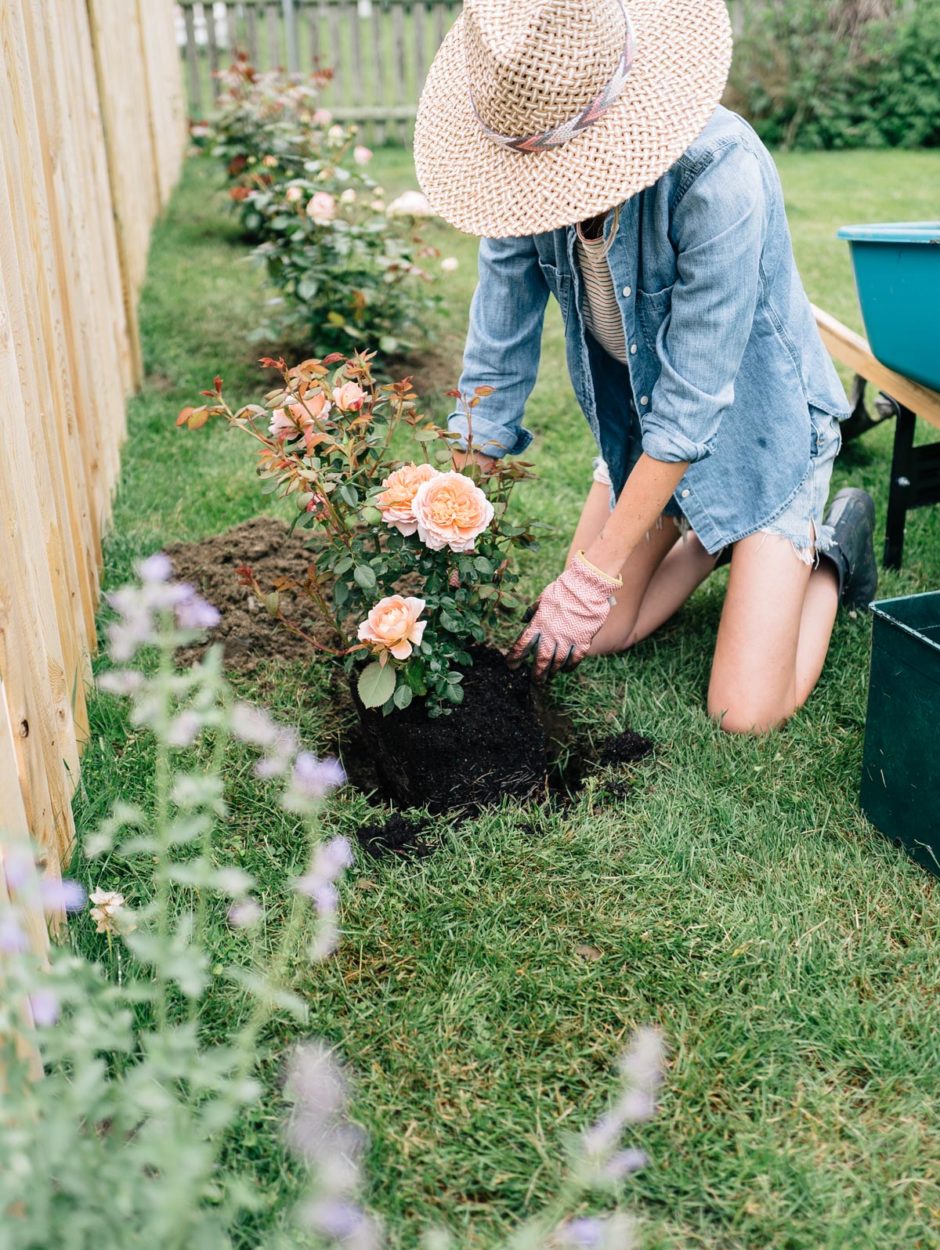

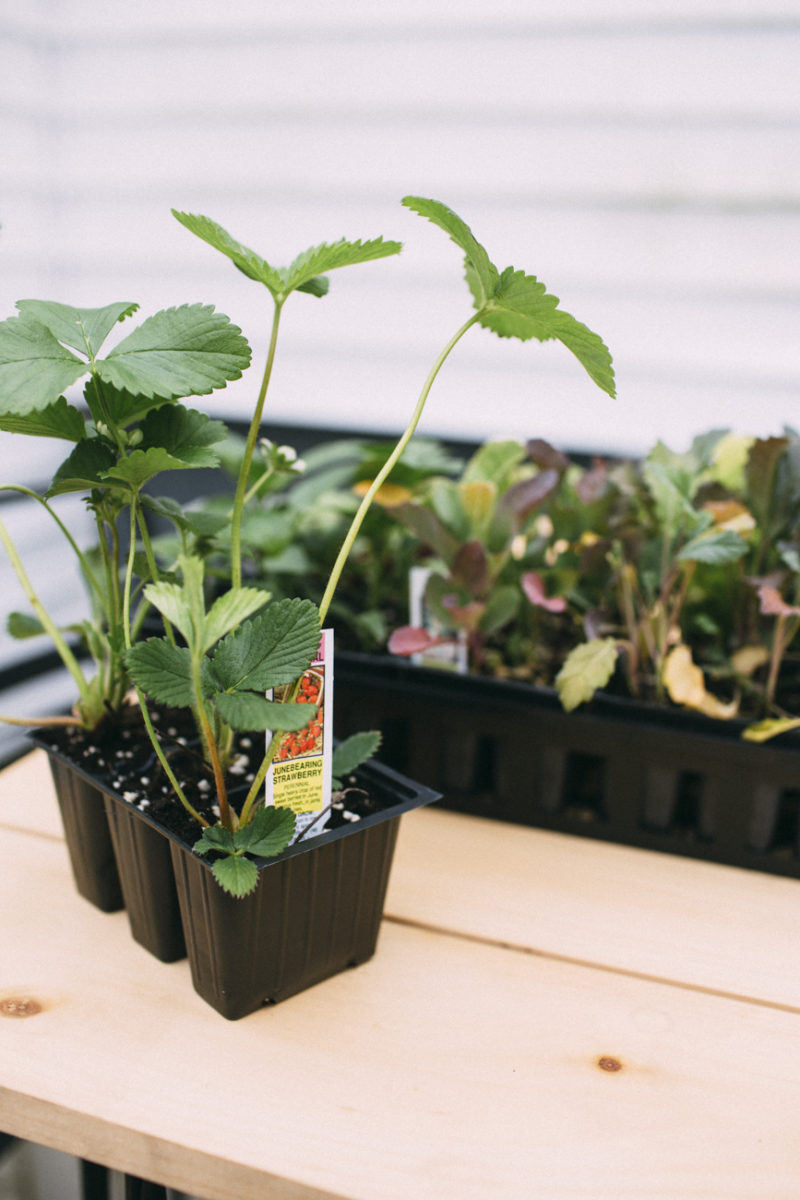
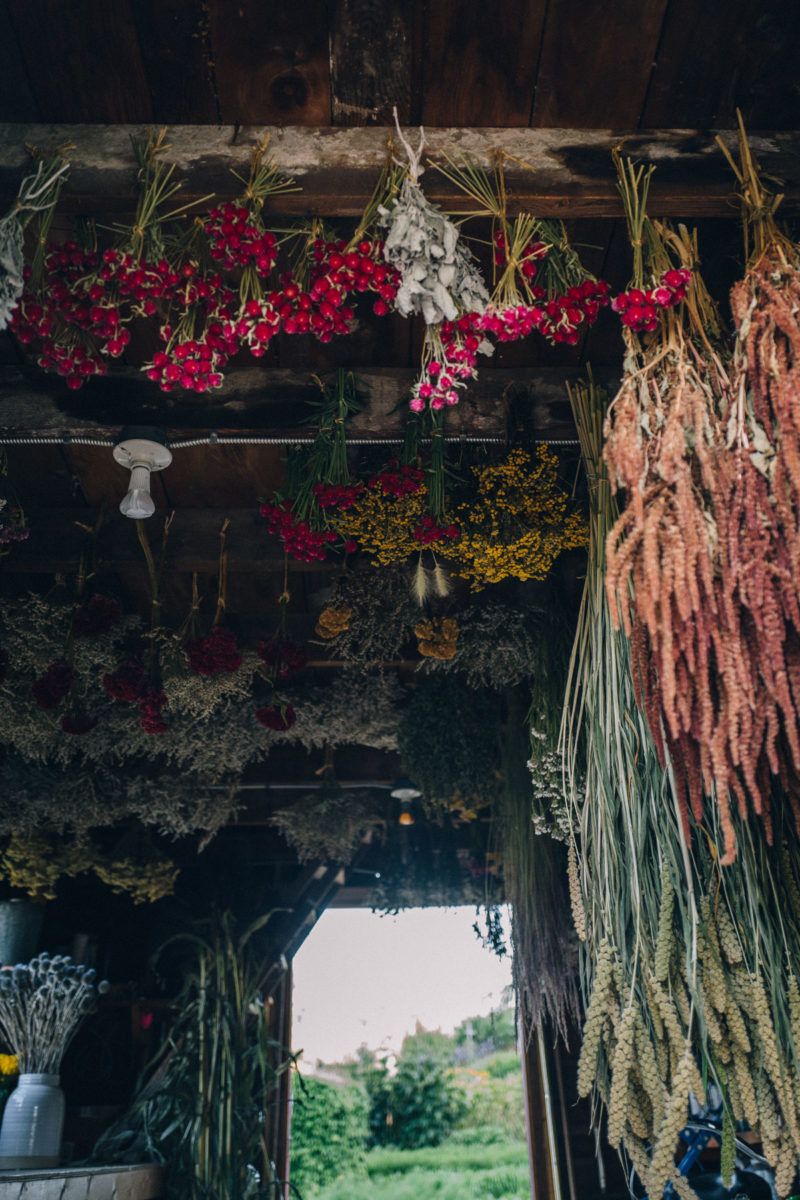
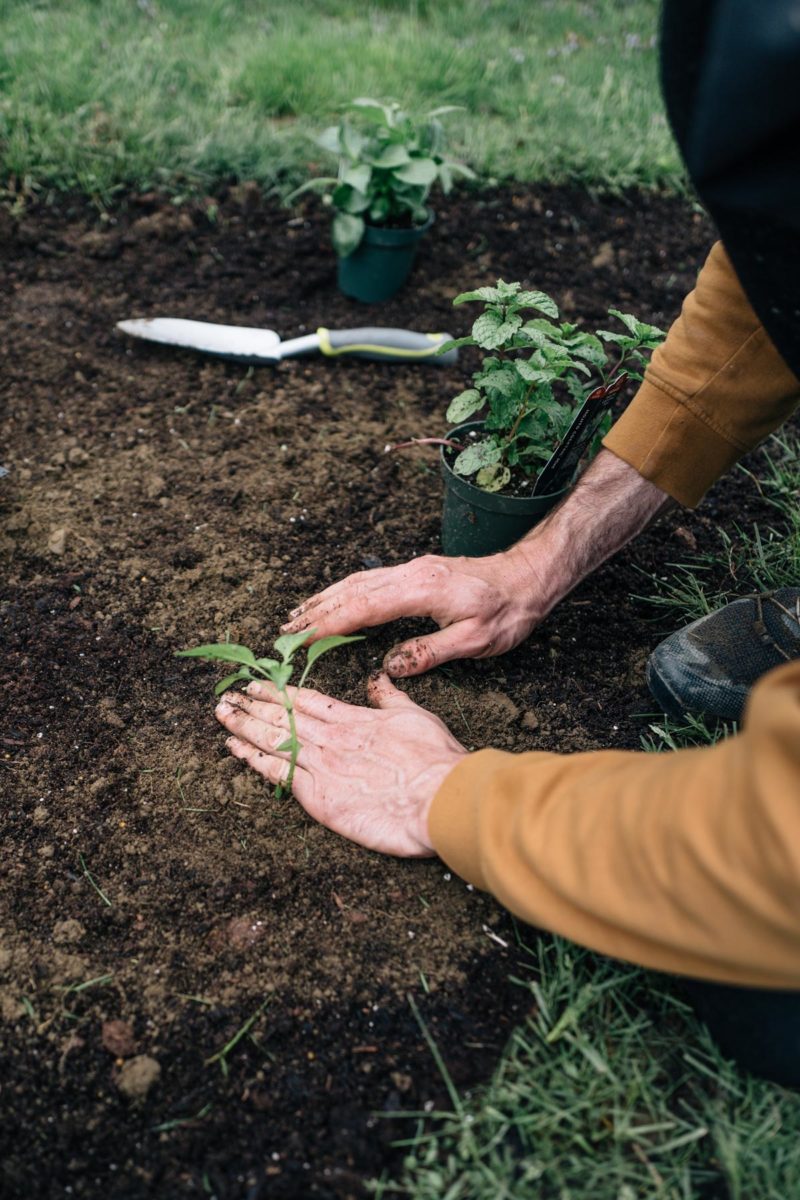
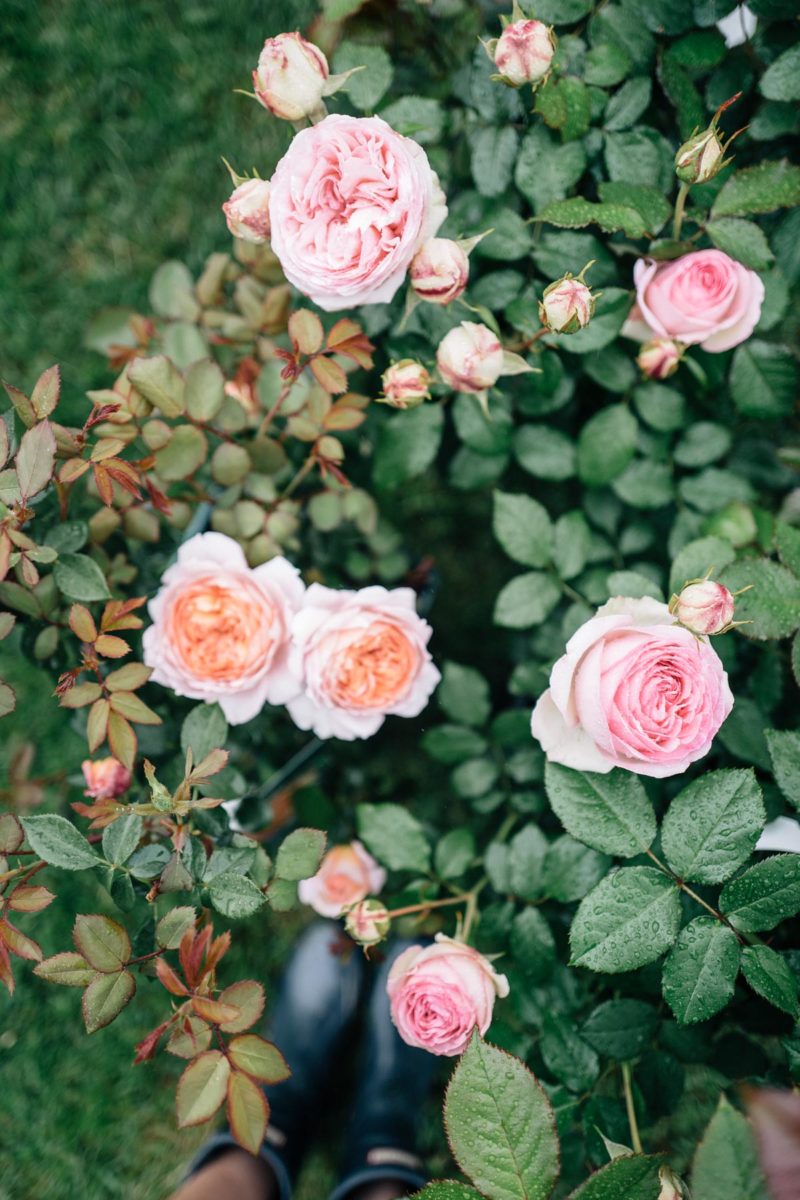

One other thing to consider that I’m just learning about myself is whether or not your plants are native. Native plants help restore the ecosystem, are pollinators, insect hosts, and help provide food for countless living things. Many invasive or introduced species have truly taken over American gardens, simply because they’re readily available at garden stores (think flowering pear trees). Planting native is a way to help this awful climate situation and restore what we’ve taken and broken over the years. Just google native plants for your state!